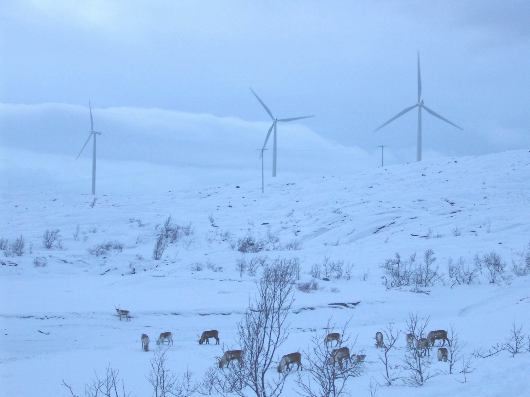
Arctic regions has good resources of wind energy, but harsh weather conditions in arctic regions is a major hindrance in proper use of wind energy. Metrological parameters such as temperature, wind speed, droplet size and liquid water content leads to ice accretion on wind turbines and instruments and results in power losses.
Average annual power production losses of wind turbines due to atmospheric ice accretion and cold environment are estimated to be about 20%.
Complete loss of power production, reduction of power due to disrupted aerodynamics, overloading due to delayed stall and increased fatigue of components due to imbalance ice load are main documented effects of ice accretion on wind turbine blades
The Key Research Topics in this topic are:
- Field measurements of icing events
- Numerical simulations of the wind resource assessment over large terrains
- Complex multiphase numerical simulations of atmospheric ice accretion
- Designing of ice detection and mitigation systems
Ice accretion on wind turbine blade causes a change in blade profile shape that consequently also effects the wind turbine acoustic. This study will help to better understand the noise generation from wind turbine blade at different accreted icing conditions. As ice accretion along wind turbine blade is not symmetrical and different sections from blade tip to blade root can experience different ice loads and shapes. This study will help to draw the guidelines for future researchers to better estimate the wind turbine acoustic in icing conditions. This work is lead by The Arctic Technology Research Team at University of Tromsø, in Narvik, Norway.
